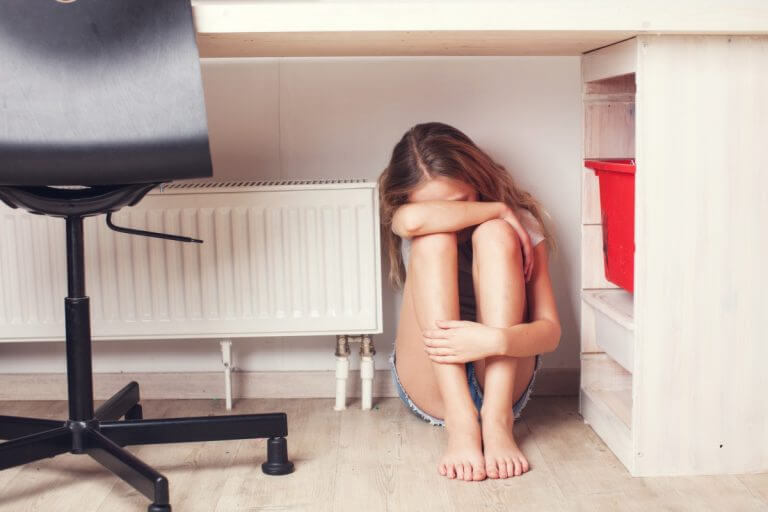
To mark Children’s Mental Health Week, UK-based children’s charity Barnardo’s released data which reveals almost half of children aged 12 to 16 in England feel sad or anxious on a weekly basis.
And their biggest concern? School.
By the time students reach age 16, around 70 percent of them report feeling sad or anxious at least once a week and nearly a quarter of them have negative feelings every single day.
Only two percent of 12-year-olds claim they never feel anxious and sad, according to Barnado’s new survey with YouGov.
Barnardo’s Chief Executive Javed Khan said: “It is deeply concerning that so many children in England are growing up feeling sad and anxious and these feelings are intensified as they get older.
“Although these can be normal emotions experienced while growing up, children need support to deal with the pressures of everyday life.”
Catherine is one of the incredible young people we support – “little by little, day by day, we can make a difference and end the stigma”. #ChildrensMHW pic.twitter.com/LeDToRT04O
— Barnardo’s (@barnardos) February 6, 2018
What are children’s main worries?
The survey discovered 65 percent of 12-year-old children are concerned about school, with 42 percent citing their future as their major cause of stress.
Other high stressors were problems at home (31 percent), their weight (26 percent) and being bullied at school (25 percent).
By age 16, stress over school increases to 83 percent, with 80 percent seriously worrying about their futures.
Coinciding with #ChildrensMentalHealthWeek, new @YouGov survey for @barnardos shows half of all schoolchildren feel sad or anxious every week https://t.co/fYr6TvfRe3 pic.twitter.com/vgXs8ee62d
— My Family Our Needs (@weareMFON) February 5, 2018
Unsurprisingly, social media was also cited as an issue with 11 percent of students worried about not getting enough likes or comments. Some students (15 percent) were troubled by something they had seen on social media and 12 percent worried about cyberbullying.
What can be done?
The survey found opening up a dialogue into mental health and showing students there is someone there to talk to is incredibly important.
Three-quarters of children felt it would be beneficial to their mental well-being to speak with a counsellor or other professional present at their school.
The survey also found the increasing messages about opening up about mental health are beginning to break through to children. Students were asked who they would talk to if they felt sad or anxious and the overwhelming majority (71 percent) said a family member. Friends were also highly ranked at 63 percent, while 38 percent said they would talk to a teacher.
This week is #childrensmentalhealthweek #childrensmhw2018 and its theme is #beingourselves
Results of a new survey out today from Barnardos shows that over half of all schoolchildren say they feel sad or anxious every week.#youngmindsmatter pic.twitter.com/AE3IU6REUH
— Mindcanyon (@mindcanyonmh) February 5, 2018
Barnardo’s claimed that while this shows promise that children are more likely to open up about negative feelings, still more needs to be done to make it easier.
“We need to create a culture where everyone has a greater understanding of what keeps children mentally well and when professional help is needed,” Khan said.
“We want parents and carers to be confident in recognising if their children are unhappy and teachers and other professionals to be sufficiently trained, adequately resourced and available to support them.”
Liked this? Then you’ll love…
Keeping up with social media is making students anxious, depressed
UK: Duchess Kate Middleton introduces mental health resources for schools







